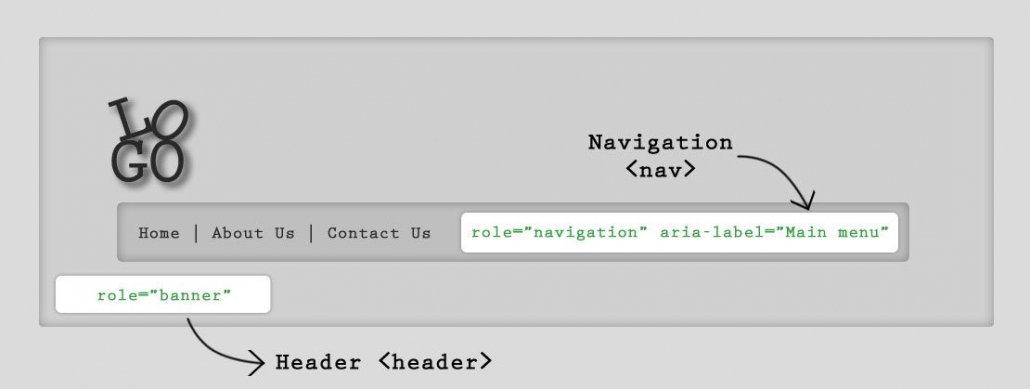Website Design
Responsive Web Design
W3C Valid Code
W3C stands for World Wide Web Consortium (W3C) which tries to enforce compatibility and agreement among industry members in the adoption of new standards defined by the W3C to make the Web accessible to all users from around the world. It is a Validation of XML 1.0 documents according to W3C specifications, XML Validator, Standalone grammar validator for XML DTDs and Schemas. Having hundreds of validation errors is not usually a sign of code quality, so trying to keep the number of errors, hard or soft, down is usually a good idea. We will take care of your hard validation errors and soft validation errors.
Should you W3C validate your site for perfect SEO? Yes, the website should be free of errors for all purposes including SEO.



